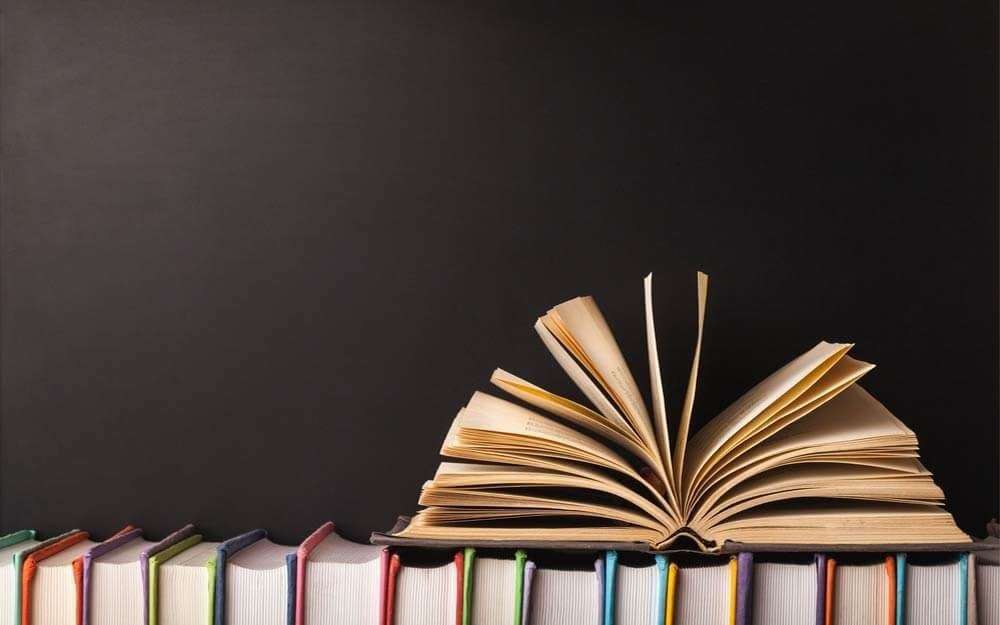Those lists are more complicated than you realized.
Bestseller lists seem pretty straightforward: Get more sales than other authors and earn bragging rights landing on an acclaimed list. Not so fast, though. Those lists are actually more mysterious than they seem.
Perhaps the most famous—and coveted—list is the New York Times Best Sellers report. Sounds pretty simple, but the New York Times is actually fairly secretive about how it compiles its list. It takes its data from a select group of in-person and online book retailers that it keeps hush-hush. It sounds like the list should be a basic ranking based on the numbers the vendors give the newspaper, but there might be a little more to it.
In the 1980s, William Peter Blatty, the author of The Exorcist, sued the New York Times when his latest book, Legion, didn’t make it onto the list, even though he was confident it had sold enough to have earned a spot. The court sided with NYT, which argued the editors had the right to edit the list how they chose. Other recent investigations—like last year in Observer—have noticed biases for NYT authors and liberal political slants on the list, plus subjective decisions about what’s “good enough” to top the list. (Learn the other surprising way bestseller lists have changed recently.)
Other publications and retailers have their own methods. The Wall Street Journal uses the Nielsen BookScan, which tracks book sales at 12,000 U.S. locations, giving them insight into about three-quarters of the nation’s book purchases. Amazon updates two separate lists for print books and e-books every hour based on its own sales. USA Today ranks all print and e-book sales from a select group of booksellers in one massive list. (Find out what the most popular book in your state is.)
With all these different ways of pulling a list, it’s kind of hard to figure out exactly how many copies a book needs to sell before earning “bestseller” bragging rights. In most lists, it comes down to sales per week (or hour), not sales overall, to give new releases a fair shot. This is how you can snag bestsellers for $5 or less.
To make it onto the New York Times’ list, Book In a Box publishing company co-founder Tucker Max estimates established authors need to sell 5,000 books to make it onto the list. New writers introducing their debut title would need closer to 10,000 sales, he writes for Entrepreneur. To make it onto the Wall Street Journal’s bestseller list, Max says a book needs at least 3,000 to 5,000 sales.
As for Amazon, one investigation from Publishers Weekly estimates a book would need to sell almost 1,100 copies every day to land a spot on the site’s top five. One author reports that he sold 4,000 copies of Broken Piano for President to hold number six on Amazon’s bestseller list for a week in 2013. (Instead of buying a book for the plane online, learn the hidden perk of buying books at the airport.)
Still, there are shockingly easy ways to become a “bestseller” with way fewer sales than that. Brent Underwood, a partner at marketing company Brass Check, proved just how easy it can be to become a bestselling author in an experiment he shared with Observer. Underwood sold a book containing nothing more than a picture of his foot on Amazon’s psychology subcategory “Transpersonal.” With three copies (two by him, one by a friend) sold in the first few hours, he managed to become a number one Amazon bestseller in that category.
Bottom line? No matter what list you’re looking at, just because a book touts itself as a “bestseller” doesn’t necessarily mean it’s sold way more copies than any other book on the market. Take it with a grain of salt, and get ideas for your next read from other lists, too, like these nine books that just might change your life.

TANGERlNEDREAM on November 3rd, 2020 at 06:00 UTC »
It happens.
An author bought his own book to get higher on bestseller lists.
average_meme_thief on November 3rd, 2020 at 05:48 UTC »
You know I've always felt like that title was overused. Seems like I see "new york times best seller" stamped onto almost every book I come across.
utohs on November 3rd, 2020 at 04:48 UTC »
So for $200,000 I could become a NYTimes best selling author?